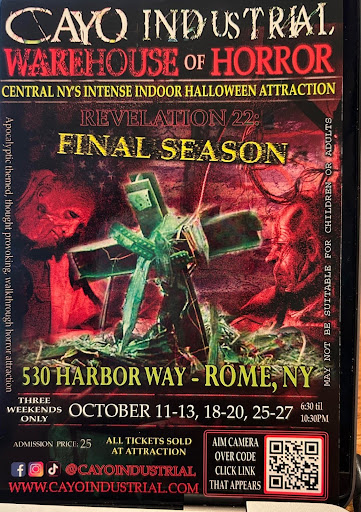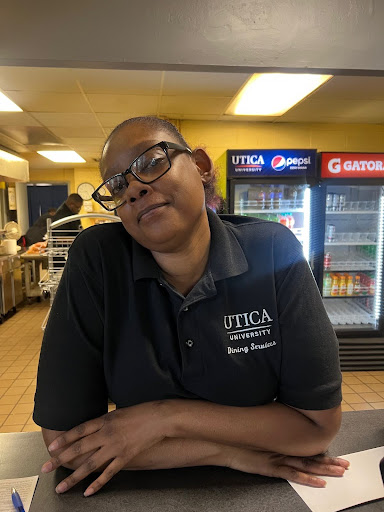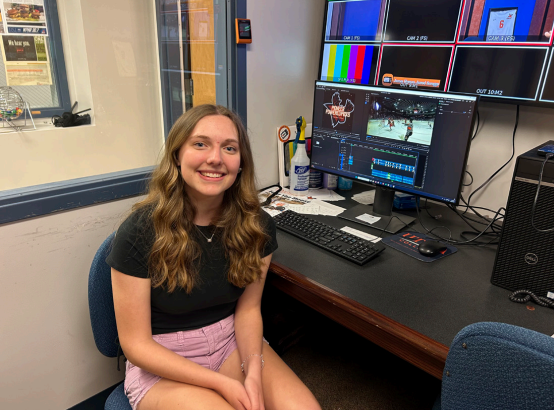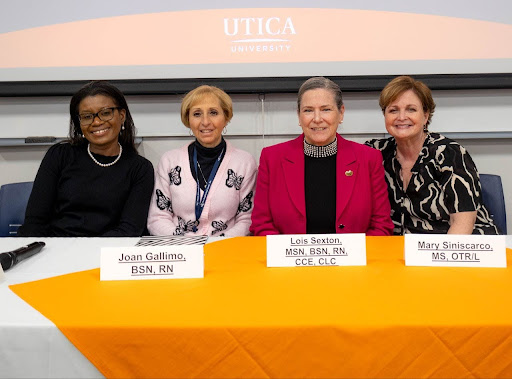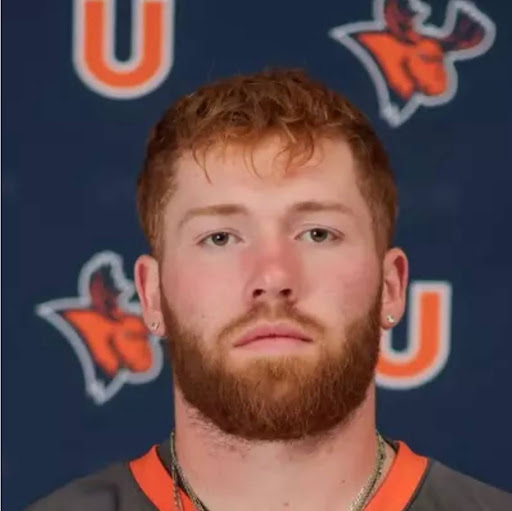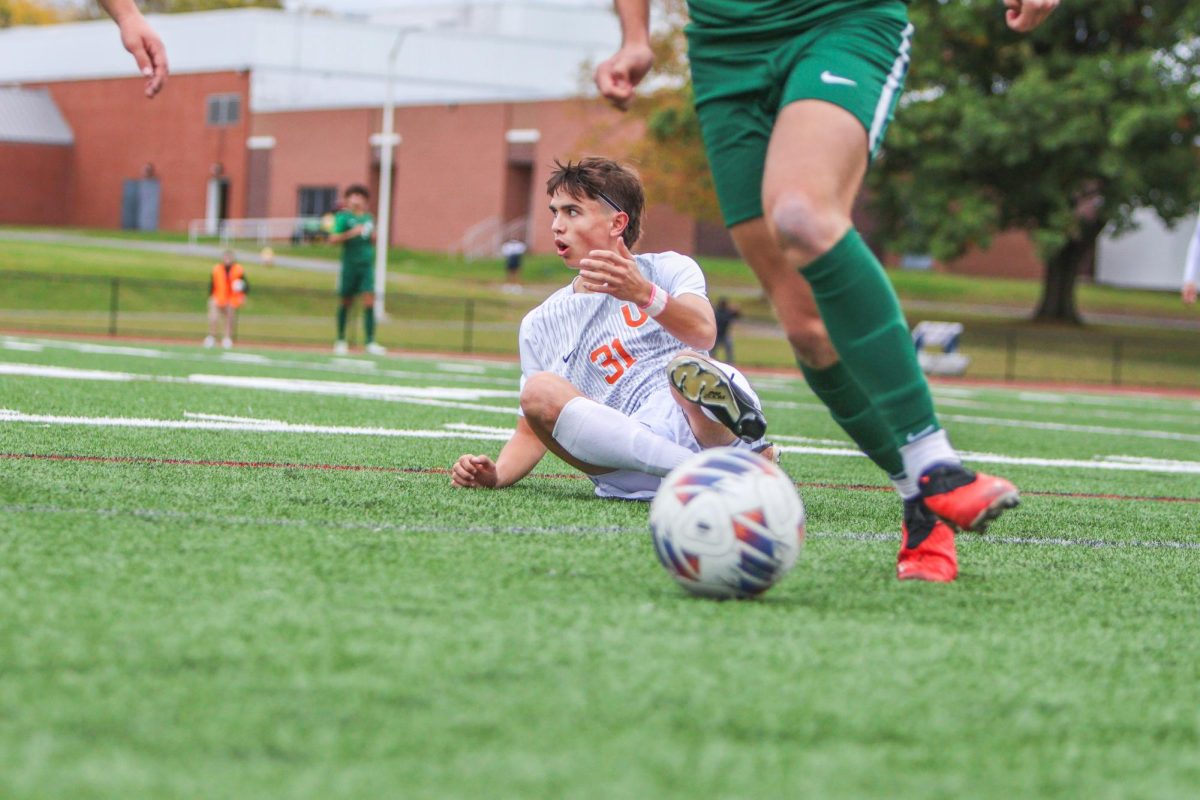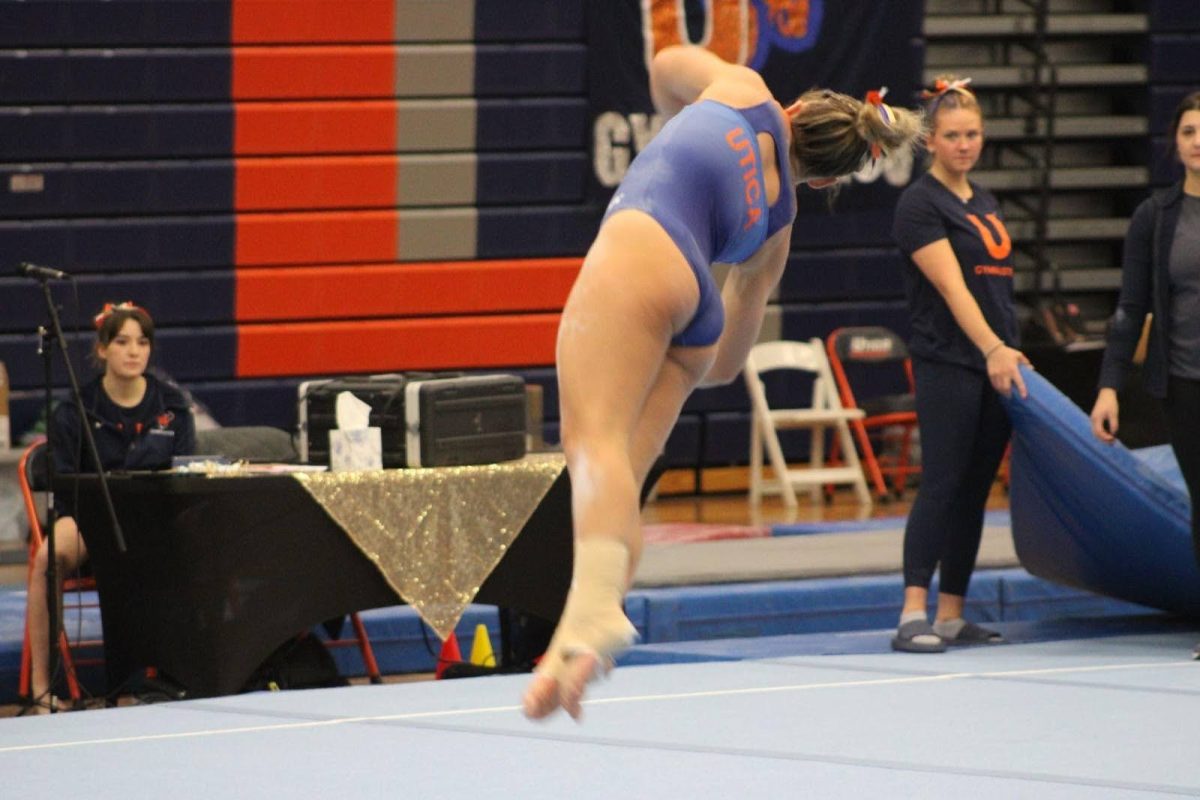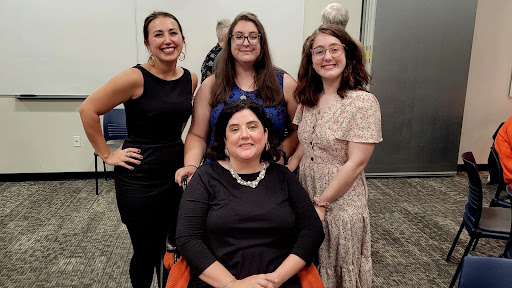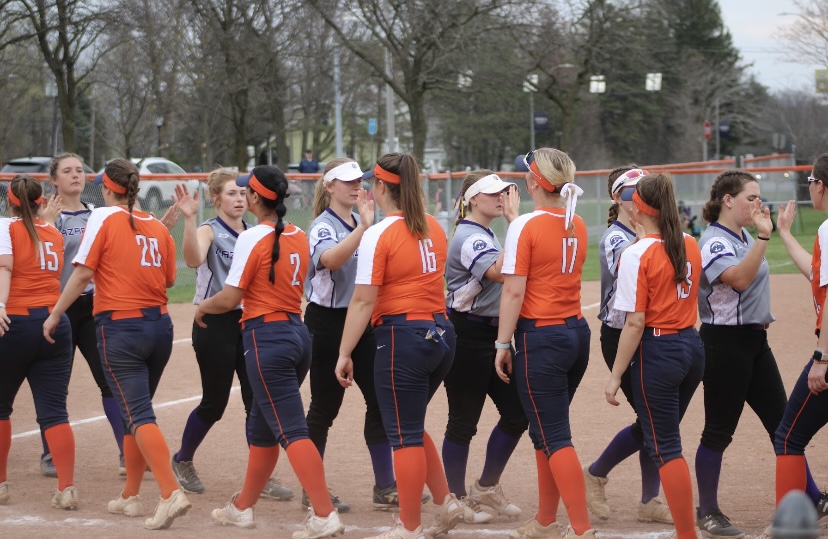Construction for the new crime scene lab in the ECJS building is almost complete for the Spring semester.
Located on the first floor, the new addition to ECJS (also known as Bull Hall) would provide students with a space to gain experience in crime scene investigations.
Once construction of the lab is finished, it will feature equipment that will be used to create a variety of crime scenes ranging from homicides to burglaries. Within the 1,200 square foot space, the lab will host multiple crime scenes at the same time.
“This is going to be very flexible,” said Professor Richard Fenner, dean of the school of business and justice studies at Utica University. “It’s going to allow us to do a whole lot of things that you couldn’t do just in a regular classroom.”
For scenes involving fake blood or any other types of fluids, a drainage system would make the floor easy to clean after use. Regardless of the setting, those using it can bring in the furniture and props that they need to simulate it, Fenner said.
In addition to the simulated elements of the lab, cameras would be mounted in the ceiling to not only act as ‘surveillance’ footage, but they would also contribute to the learning process, he said. For instance, a student can go through a scene, collect evidence and then watch the footage afterward to self-evaluate.
Students will learn the necessary skills that criminal investigators need to collect evidence from a crime scene, and students would benefit from having the actual experience, Fenner said. “You know, usually you think of training at the college level as being mostly knowledge,” he said. “But what we’re going to be able to do is provide experiences as well for the students.”
With past experience in evidence collection as a New York State Trooper, Professor Musco Milner, assistant professor of criminal justice at Utica, came up with three 1-credit courses that would showcase the different aspects of the crime scene lab: Grasping Fingerprints, Exposure to Blood Stain Patterns and Detailing and Documenting Crime Scenes.
Although there are only three 1-credit experimental courses planned for the Spring semester, the overall goal is to combine all three into one dedicated course that uses the crime scene room, Milner said.
Hands-on experience from these courses would be an “amazing eye-opener” for students, Milner said. Students would learn that crime scene investigation is not just about going through the motions; rather, it is an meticulous practice and takes time.
“That’s what we want them to learn: You search smart before you search hard,” Milner said.
Whether it would be lifting fingerprints from a crime scene or examining bloodstain patterns, students would learn that becoming an expert in any of these disciplines takes a significant amount of time and training.
“These are exposures to the discipline in hopes of generating a spirit within the student to want to go a little deeper,” Milner said. “However, that’s just an exposure… I envision bringing all those together and including other disciplines so the student can get a deeper understanding of what this truly entails.”
In terms of those disciplines, students in the Criminal Justice department appreciate the hands-on experience more than lectures, he said. Although internships do grant students experiential learning opportunities in their senior year, taking these courses can expose students to that kind of experience sooner.
“This is where we want students to make mistakes. This is where they make their mistakes in the crime scene, and then we learn from it,” Milner said. “We want them to learn, but we want them to have fun.”

Students seeking a career in law enforcement not only gain experience from the lab, but they also get an early introduction to the things that involve police investigators, said Professor William Virkler, a professor of practice in criminal justice. Virkler came up with the idea for a specialized space where students could receive hands-on learning for crime scene investigations four years ago.
He discussed the idea for a specialized space where students could receive hands-on learning for crime scene investigations with the rest of the faculty, and he eventually proposed it to the Dean at the time, Stephanie Nesbitt.
The lab is a part of introducing students to the various things in the world of criminal justice, Virkler said. After they graduate from the program, they are able to critically think, analyze, and communicate with others.
“Everybody seemed to like the idea,” he said. “So the process continued on, and it kind of percolated up where it had to go. And every time it went up, it was embraced as a great idea.”
However, the original idea was to have a space about the same size as a house garage, and it would only be about 400 square feet.
“I knew I was very encouraged one day when the Dean called me in and said, ‘Okay, we want you to think bigger,’” Virkler said. “So I was encouraged to think bigger, and that to me indicated that the upper administration liked this idea.”
The planning and design process for the lab continued to develop. It was designed as an addition to the ECJS building with glass windows that would seek to get attention from students. Consequently, through the support of local law enforcement and legislation, the project was funded for seven hundred and seventeen thousand dollars by the federal Omnibus Spending Package.
Alongside the benefits for students in Justice Studies, the lab could also open up collaborative opportunities with local agencies around the school. For instance, collaborating with the theater department to stage a crime scene, Virkler said.
Even outside of the campus, the lab can be used to attract incoming students from local high schools, he said. There were even ideas to open up the lab to high school students to participate in academic events.
“The possibilities here are really, really incredible,” Fenner said.
Prior to the lab being built, faculty within the Justice Studies program would teach courses pertaining to forensic investigation in the classrooms of ECJS, but teaching these courses in these rooms had constraints, he said. The new crime scene lab now allows for all of the ideas that the faculty have had over the years.
“Right now, it’s an empty space,” Fenner said. “But through the expertise and the imagination of the faculty, we’ve already started to think about imaginative ways of using it to provide our students with experiences that they would actually have to go out with law enforcement officers to observe.”







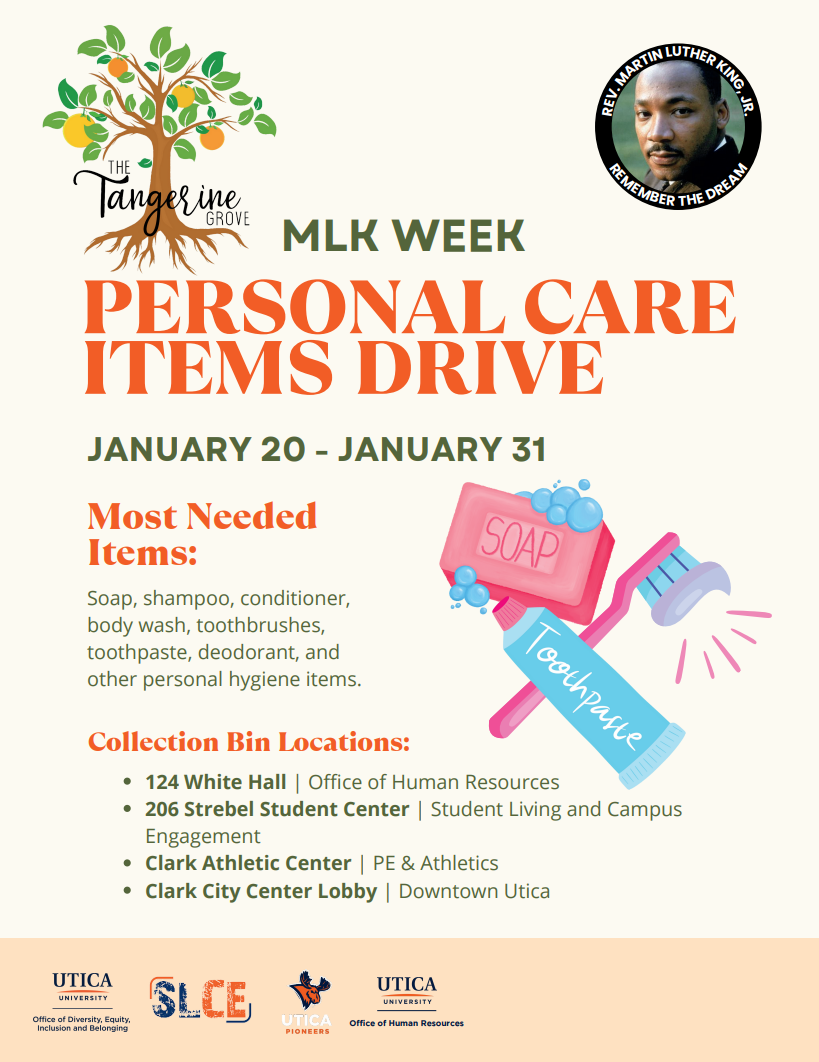










![President Todd Pfannestiel poses with Jeremy Thurston chairperson Board of Trustees [left] and former chairperson Robert Brvenik [right] after accepting the university's institutional charter.](https://uticatangerine.com/wp-content/uploads/2023/10/unnamed.jpeg)










